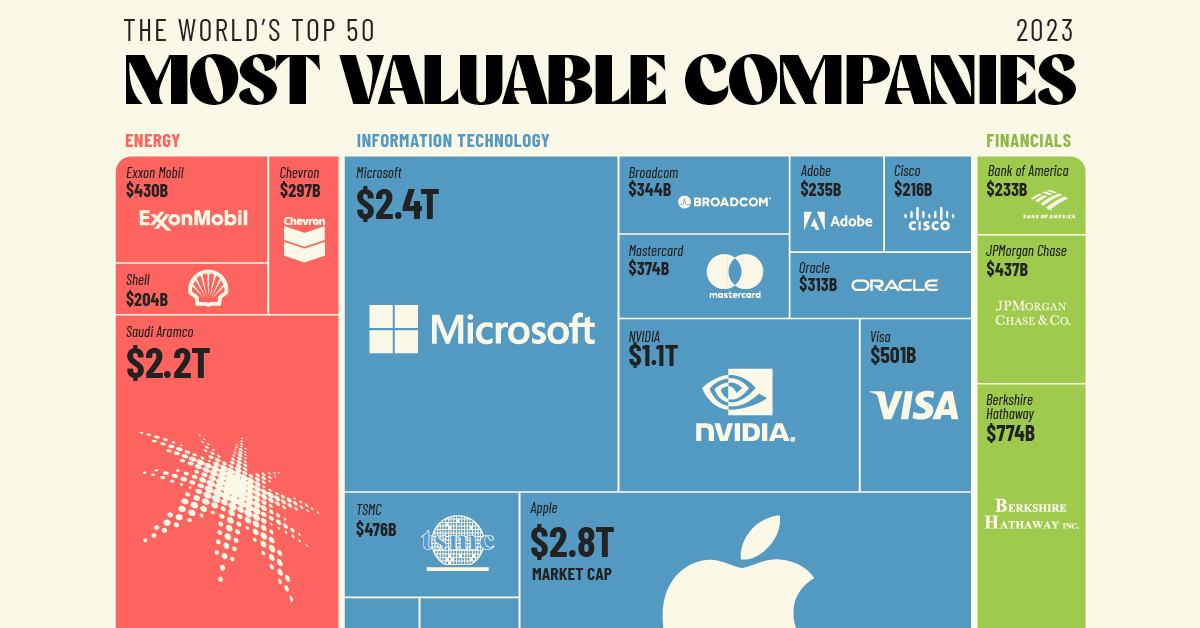The main topic is the recent bank run on Silicon Valley Bank and its implications for the future of Silicon Valley.
Key points:
1. Silicon Valley Bank's shift to longer-term securities in search of higher yield was a critical mistake.
2. When interest rates rose, fewer deposits came in and the market value of securities plummeted, leading to insolvency.
3. The bank run was triggered by a rushed capital raise and the perception that the bank was insolvent.
4. The federal government stepped in to protect depositors and ensure the stability of the banking system.
5. The loss of trust and increased uncertainty may lead to more government intervention and tighter regulations, impacting innovation in Silicon Valley.
Recent profit reports from companies such as Amazon, Walmart, and Home Depot, along with other consumer statistics, indicate that the case for a 2023 recession is weakening, as the consumer economy shows resilience with rising real incomes, substantial savings, and continued spending in sectors like automobiles and services.
The collapse of Silicon Valley Bank and the subsequent regional banking crisis has resulted in major economic and regulatory repercussions for banks worldwide; however, some major banks, such as UBS and JPMorgan, are emerging as clear winners with record-high profits after making strategic acquisitions.
Bankruptcies have increased by 17% in August, marking the 13th consecutive month of rising company failures, as businesses struggle to cope with the Federal Reserve's interest-rate hikes.
Rising U.S. business bankruptcies are causing concern despite strong economic indicators, potentially impacting the overall economy and smaller firms in particular.
Summary: Lehman Brothers' bankruptcy in 2008 during the global financial crisis, along with several other major crashes in history such as the 1929 Wall Street collapse and the 2020 pandemic, have resulted in significant stock market crashes and economic crises.
Kyle Bass predicts that the US banking industry will suffer losses of hundreds of billions of dollars due to exposure to the office market, representing a 10% hit to US banking equity, while industrial and multi-family sectors will remain strong.
US banks are experiencing significant deposit outflows, with total bank deposits plunging by over $70 billion in a week, the lowest levels since May, leading to concerns about the ongoing regional banking crisis; meanwhile, US commercial banks have also suffered significant losses in deposits, with 60% of deposits moving to higher-yielding money market funds, and the balance of unrealized losses on securities at commercial banks rising to $558 billion in Q2; to address these issues, the Federal Reserve has reached an all-time high of $107.8 billion in its banking loan facility to provide funding to distressed banks.
US companies have experienced a 176% increase in debt defaults in the first eight months of 2023 compared to the same period in 2022, with high interest rates pushing businesses into financial distress, particularly in the media and entertainment sector.
Commercial bankruptcy filings are on the rise, with big-name companies such as Bed Bath & Beyond, Silicon Valley Bank, and Party City all folding, reflecting the challenges posed by the end of pandemic funds, sticky inflation, a slower global economy, and a sharp increase in the cost of capital. However, while bankruptcy rates are growing, they remain significantly lower than previous recessions, and the economy is still growing, providing opportunities for displaced workers to find re-employment.
Major financial institutions, including Citigroup, Wells Fargo, Truist, and Barclays, are undergoing top-level reorganizations and cost-cutting measures in response to the challenges posed by a high-inflation, high-interest rate environment, leading to layoffs and leadership changes; the shake-ups come as banks seek leaders with the skills to navigate the complexities of the current economic conditions.
